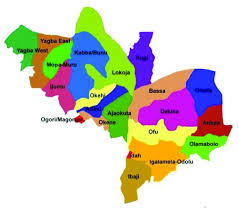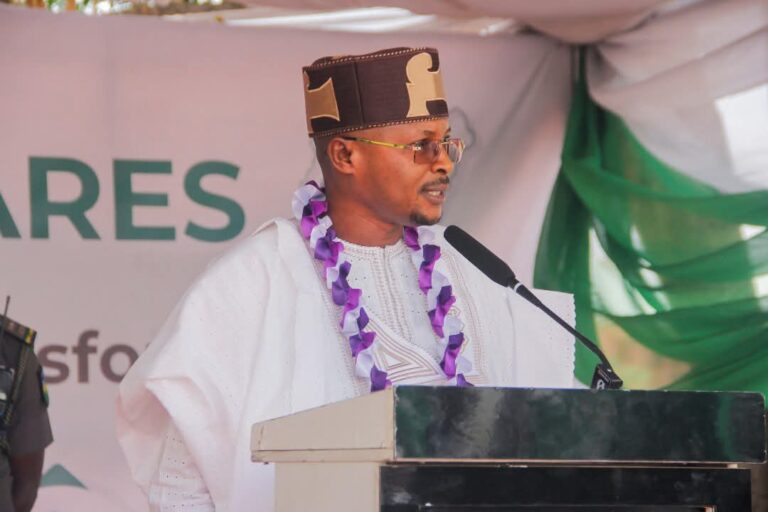Warning: Attempt to read property "post_excerpt" on null in /home/kogiflam/public_html/wp-content/themes/morenews/single.php on line 55


I am an apostle of legislative independence and autonomy in all ramifications. I studied it, taught it, fought for it and worked hard to make it real. I’m still doing these and will continue to do so. You all know where I stood and remain on this matter of separation of powers.
While I do not subscribe to reckless executive powers, I don’t equally give in to indolence, connivance or docility on the part of other arms of government in a period of great constitutional crisis like this.
Let us examine the scenario: Yes, the legislature (Senate) must approve a removal by a two-thirds majority votes, but where the Senate failed, refused or neglected to activate the process despite admission of error by the CJN, what happens? There, indeed, lies a lacuna, a serious one for that matter.
What I expected my learned brothers, including the SANs and the NBA leadership, to have done was to advise the CJN to step aside in order not to offend the key principle of fair hearing (Nemo dat judex in causa sua – don’t be a judge in your own cause).
CJN Onnoghen was, perhaps, conscious of that when he admitted errors in his assets declaration form but was prompted to hang on by peer and ethnic group pressures. He also failed to heed the warnings to step aside as a face saving strategy. His inaction and the actions of his backers were suggestive of wanting to drag the entire judiciary into the mud with him.
In a situation where the legislature could not act and my learned senior brothers were unwilling to safe the judicial institution from the current travails, the doctrine of necessity could be invoked to prevent a constitutional cul de sac, by temporarily easing out the CJN to allow for proper investigation that may or may not indict him.
The President as the “appointor” of the CJN under Section 231(1) has the power to appoint an acting CJN under Section 231(4) for a limited period not exceeding three months as provided under Section 231(5). This same principle governs the appointment and removal of the PCA (President of the Court of Appeal) appointed under Section 238(1) as applied in the earlier case of Isa Ayo Salami under the Jonathan administration.
The argument that the President ought to have waited for a recommendation from the NJC cannot be sustained in the instant case. By Schedule 3E, par 13(a)&(b), the FJSC can recommend removal of CJN to NJC, and the latter can by Schedule 3I, par 21(a)&(b) recommend the removal of the CJN.
Unfortunately, the FJSC and the NJC are each headed by CJN, the accused person. This scenario wasn’t entirely unforseen; I painted it vividly and warned against an NJC that was virtually turning into a monster as far back as 2014 in my POLITICS AND LAW: ANATOMY OF THE SIAMESE TWINS (Unilorin Inaugural Lecture).
The issue of whether the Senate could activate the removal process itself is neither here nor there. What is certain is that the Senate as presently constituted could and, indeed, did not act!
In the circumstances, there was a constitutional vacuum, which could not be allowed to linger ad infinitum. The doctrine of necessity requires that someone must step in to do the needful. The onus fell on the President, the primus inter pares among the principalities of government, to break the logjam, as he did when he seized the opportunity of a CCT order to suspend (not remove) the CJN to prevent an infringement of the constitutional doctrine of Nemo Dat Judex in Causa Sua (you cannot be a judge in your own cause)!
What he did is permitted by logic and our constitutional law.
– Aare (Prof) Mojeed Alabi, PhD Political Science, PhD Law, LLB, MHR




